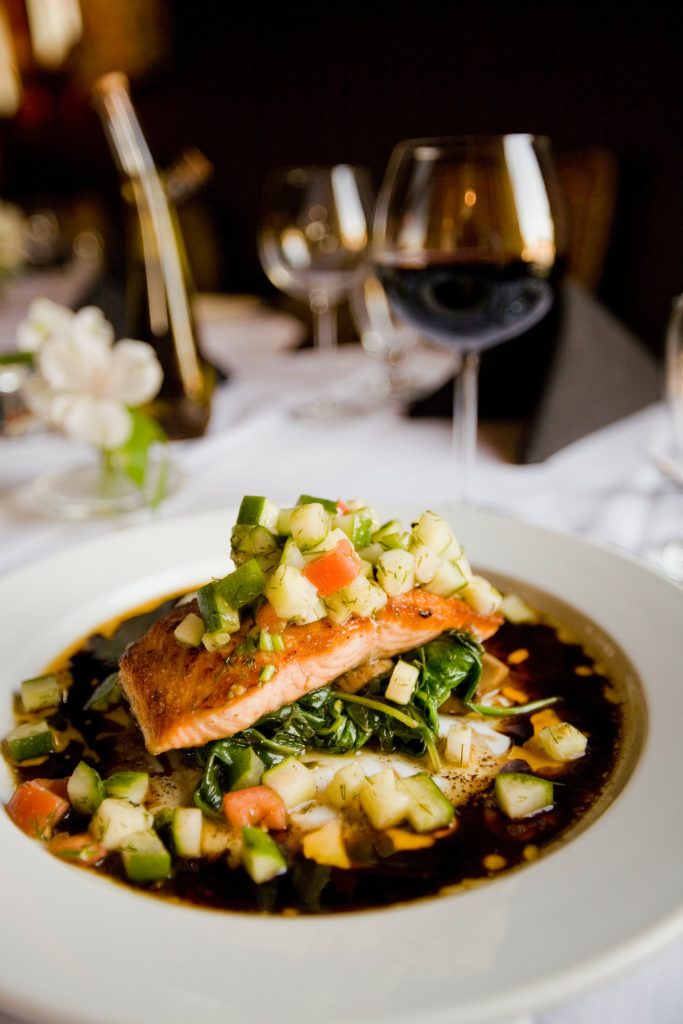Restaurant and other food services are essential component of any tourism trip. In Finland, roughly 13 % of tourism demand output was created in food services during 2018-2019 (VisitFinland) and approximately 30 % of restaurants turnover goes in to covering costs of food ingredients. Therefore, one might argue that any steps taken towards more sustainable tourism industry must include ideas of how restaurant food purchasing is going to be developed. Here is an example from Finland.
In order to verify any sustainability claims, we must make sure that the food that we buy into our restaurants can be traced back to where it originates. This means that restaurant is able say from which farm its beef or chicken or any other food ingredient is sourced from. This sounds easy, but it isn’t so. In Finland, there are few companies, such as Atria PLC, a meat producer in Finland, which have been able achieve this. At the moment, farm name is used to provide marketing information for consumers, but it could also mean more to a sustainability expert.
In Finland, there is ongoing public discussion about farming and pollution it creates. This has led to changes in farming practices. Farmers are currently rethinking for example how to improve soil growth conditions, how optimize the use of fertilizers, and what kind of crop rotation farmers should implement. These steps should decrease ecological food print of agriculture and decrease the level of eutrophication of waterways and Baltic sea.
Combining traceability and information of farming practices could be used to improve restaurant ecological sustainability. Restaurants would be able to purchase food from local sources that have implemented more sustainable farming practices, which would then be good for the development of the coastal destinations and for the coastal and maritime tourism in general.
There is also a challenge for restaurants. For example, crop rotation means that farmer needs to plant crops such as fava beans or peas, which can be used to improve nitrogen levels in soil. For a farm to be profitable, there must reasonable amount of demand for a certain crop. Demand of certain products can be improved by promoting them in restaurants. Currently, most of the fava beans grown in Finland is sold as a feed, sales directly as a food has been increasing but the pace of the change is relatively slow.
Road to sustainability is long but maybe we as a restaurant professionals should also do our fair share and promote our guests more sustainable food solutions and make sure that the local farmer can adapt to changes.
Text: Ilkka Latomäki


